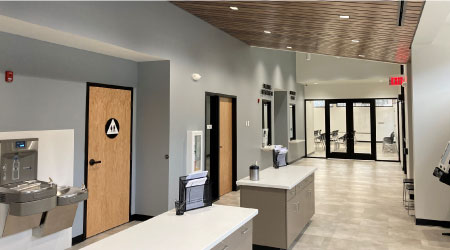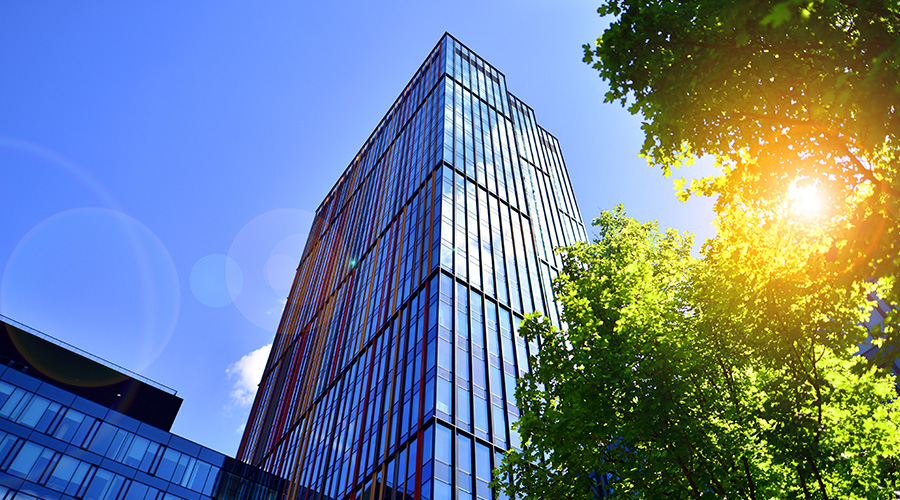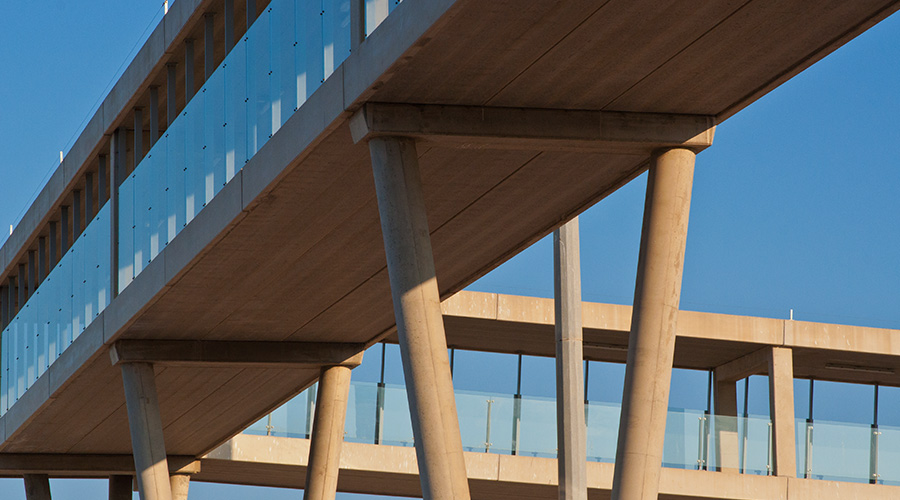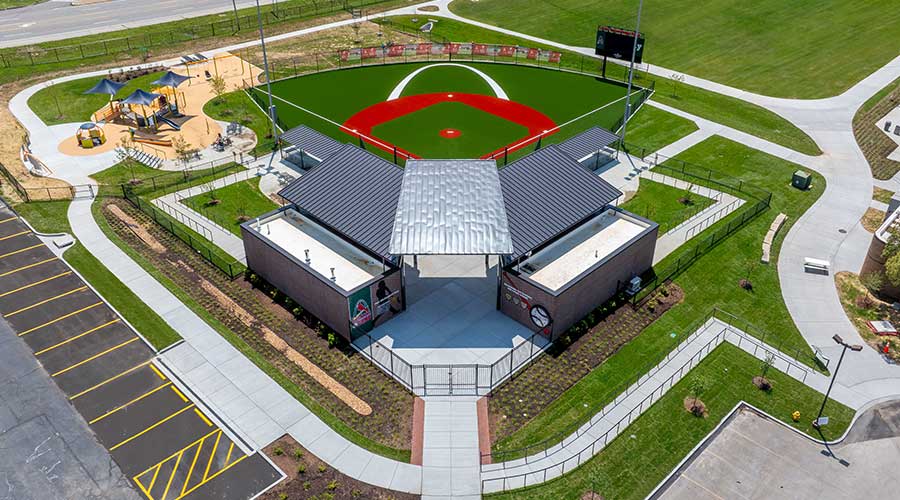How to Solve Facility Challenges Due to Community Growth
As municipalities grow, meeting facilities needs can prove difficult. Here are some tips and strategies for keeping facilities current.
Municipalities are growing rapidly, and with that growth comes new challenges. One of the most pressing issues is infrastructure – specifically, the Department of Public Works (DPW). DPW buildings are typically only constructed through referendums, meaning the project is reliant on voters to approve the budget. In addition, municipalities are often given one chance when constructing a new facility, so it is imperative to get it right the first time around. Failing to do so could mean losing public trust and risking not gaining approval for future endeavors.
There are a few things to consider to effectively meet growing capacity needs:
- Update facilities to represent the current workforce
- Keep things low maintenance
- Use high-quality products
The good news here is that there are options available to keep costs low beyond simple decisions like using fewer paint colors and choosing to go with a more industrial look with exposed mechanicals that can make it easier to do maintenance.
Represent current workforce
One way to keep a facility up to date is to make sure it represents the current workforce. For example, many local government buildings were built at a time when men dominated the workforce. So, spaces like bathrooms and locker rooms were not created to accommodate women. In today’s work environment, municipal buildings house a diverse set of workers that is equal parts men and women. Facilities need to reflect this change in the workforce.
Low-maintenance features
When deciding features for a new building or remodeled facility, consider the cost of maintenance at every turn. One way to keep costs down is to lean on features that will be reasonably priced in the short and long term. For example, polished concrete floors are more affordable than carpeting or floating floors. They are also easier to maintain and do not have to be power scrubbed, stripped or waxed. Not only are municipalities saving money in construction with this choice, but the long-term cleaning budget will also be lower.
Use high-quality products
Unlike the example of polished concrete floors, it may be a better option to invest in more expensive options for other features that can help facilities last twice as long compared to their cheaper counterparts. Some examples of features you may want to splurge on include roofing, insulation, windows and exterior doors. While upgrades to these features may cost more initially, over time, they will help keep energy costs down.
One example of this is a project Scherrer Construction is currently working on for the Village of Twin Lakes, Wisconsin. The old village hall was built in 1910 and even though it already has had two additions built onto it, it was still too small for the village’s growing needs.
The company is building a brand-new Twin Lakes Village Hall right across the street from the old one. This new building will have twice the space as its former counterpart and features flexible areas that can be used for the community throughout the year, including a community room and board room. Additionally, the new building features energy saving solutions including LED lighting and energy-efficient HVAC equipment. The entire building envelope will be 100 percent more efficient than the original building with more insulation and new windows throughout. While costing more to install upfront, this investment will ultimately save the municipality money and give the building a longer lifetime due to these energy saving options.
Selecting products is only half the battle though. Remember that there are also different installation techniques that can add to costs as well. It’s important to work closely with a contractor and stay in constant communication about the project to identify where something might be over-designed and to determine if there is a more cost-effective solution to fit within the designated budget.
Remodel possibilities
For many municipalities, a brand-new building just isn’t in the cards for the coming years, but there are plenty of upgrades that can be accomplished with smaller budgets and a remodel. Some of those solutions include:
- Replacing antiquated boilers
- Updating heating, plumbing or electric infrastructure
- Upgrading lighting systems
- Replacing inefficient motors
- Adding employee fitness centers
- Making cosmetic updates
Many of these upgrades can be made using a maintenance budget already in place. While some energy upgrades may necessitate a heftier budget to be voted on, it is relatively easy to justify the cost to taxpayers when the payback in savings will come just a few years down the road.
One consideration
There are many factors creating disruption in the supply chain and affecting the cost of materials. According to the U.S. Census Bureau construction costs increased 17.5 percent from 2020 to 2021. These are the highest numbers the industry has witnessed in more than 50 years.
Whether a municipality is looking at new construction, remodeling an existing facility or making other updates, flexibility will be key. Material costs can shift from month to month, project timelines are constantly impacted by supply chain issues. With all these fluctuations, the last thing anyone wants is to start a construction project and then let it sit untouched for months while waiting on materials. Lean on the contractor before starting construction to decide what timeline works best with material deliveries so a project can be completed in the shortest amount of time possible.
There is no denying municipalities are growing, and the infrastructure needs to keep up.
Although adding new buildings or making necessary updates to existing facilities is not the easiest thing to do, especially when the budget is reliant on voter approval, updates are. Keeping these concepts in mind when making these costly decisions will ensure projects are completed right the first time around and fall within the allotted budget and timeframe expected.
Haley Jones is the director of marketing and referendum specialist at Scherrer Construction.
Related Topics:











